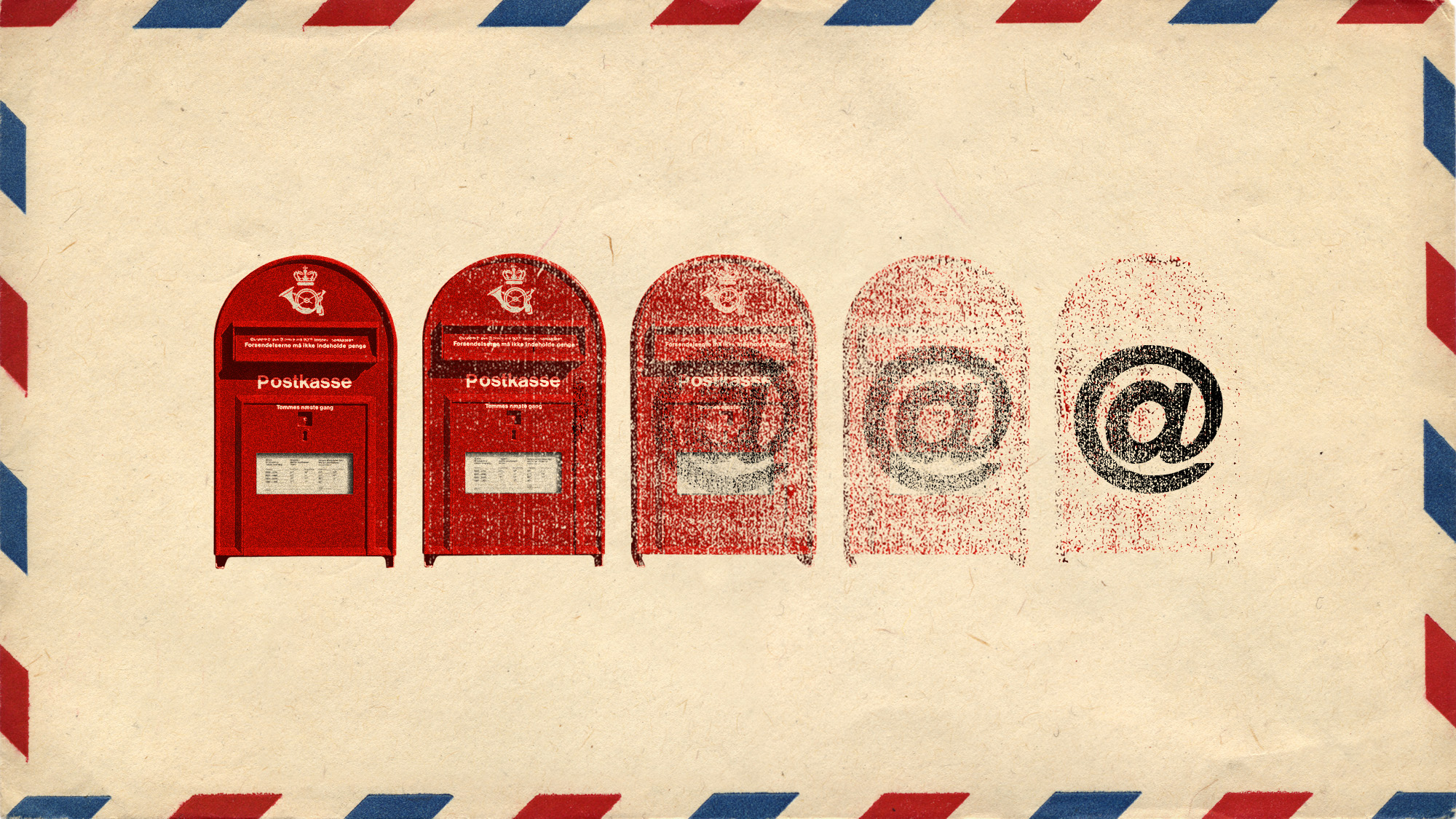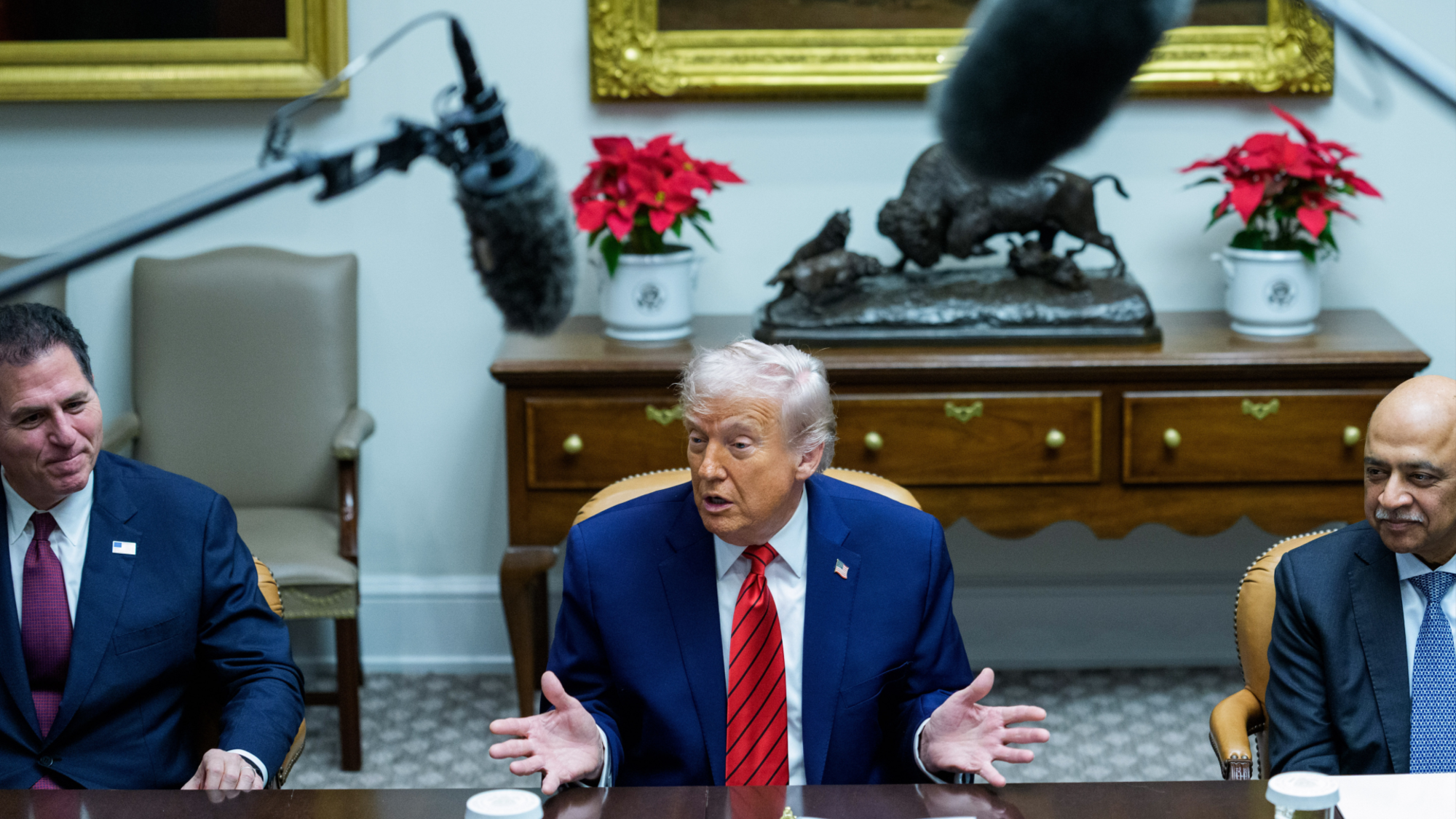The Nazis who invaded America
President Bush plans to try suspected terrorists in military tribunals, and has cited as his main precedent the prosecution of Nazi saboteurs in 1942. What happened in that case?
Did the Nazis really invade the U.S.?
Yes, but without much luck. In the wee hours of a foggy summer night—June 13, 1942—four men clambered out of a German U-boat and into a rubber raft off Long Island, N.Y. They paddled ashore at Amagansett beach, peeled off their wet military uniforms, and pulled on civilian clothes, hoping to pass themselves off as fishermen. After a tense chance encounter with an unarmed Coast Guardsman on beach patrol, they buried four boxes of explosives and caught the
6:57 a.m. train to New York City. Four days later, a second group of four saboteurs landed at Ponte Verde Beach, Fla. The invasion had begun. It was called Operation Pastorius, named after the leader of the first group of German immigrants to settle in America, in 1683.
The Week
Escape your echo chamber. Get the facts behind the news, plus analysis from multiple perspectives.

Sign up for The Week's Free Newsletters
From our morning news briefing to a weekly Good News Newsletter, get the best of The Week delivered directly to your inbox.
From our morning news briefing to a weekly Good News Newsletter, get the best of The Week delivered directly to your inbox.
What was the plan?
The saboteurs hoped to slow down the U.S. war machine with targeted bombings, and to demoralize a public left shaken by the Japanese attack on Pearl Harbor six months earlier. Their list of targets included the hydroelectric plant at Niagara Falls, the New York City water system, aluminum and industrial factories, and department stores and rail stations. The FBI later recovered some large explosives disguised to look like big pieces of coal, so they could be smuggled into fuel piles and tossed by unsuspecting Americans into factory furnaces.
How could the Germans go undetected?
The men had all lived in the U.S. and spoke flawless American English. They had immersed themselves in American culture to help them blend in, devouring copies of Life magazine and learning to sing “Oh! Susanna” and the U.S. national anthem. To finance the mission, they arrived carrying $180,000.
A free daily email with the biggest news stories of the day – and the best features from TheWeek.com
How did the scheme unravel?
Things went wrong from the moment the saboteurs hit the beach. As the landing party arrived, they stumbled into Coast Guardsman John Cullen. Cullen was a “sandpounder,” a sentry who walked the beaches looking for submarines and enemy spies. The leader of the Germans, George Dasch, stuffed $260 in Cullen’s pocket and told him to forget what he had seen. With great excitement, the 21-year-old Cullen ran three miles and told his superiors exactly what he had seen. He and several comrades returned to the spot, armed with rifles, but the Germans were gone. At daybreak, the Americans found the explosives the saboteurs had buried.
Did the discovery lead them to the Germans?
No. J. Edgar Hoover pretended that FBI sleuthing cracked the case, but the truth was that it was a simple case of betrayal. Dasch, the lead saboteur, called the FBI after checking into the Governor Clinton Hotel in New York City with another member of the team, Ernest Peter Burger. They later claimed that they never intended to carry out the plot, because they shared a disgust for Adolf Hitler’s regime. Some historians have suggested they were just trying to save their own skin, realizing the mission was doomed after they ran into Cullen on the beach.
Why did they get a military trial?
Because President Franklin D. Roosevelt wanted to make an example of the Nazis, and he wanted to take no chances with the criminal court system. In a top-secret memo to Attorney General Francis Biddle, FDR wrote, “Surely they are as guilty as it is possible to be and it seems to me that the death penalty is almost obligatory.” Had the case gone to a civilian court, Biddle wrote in his memoirs, the men would have been prosecuted under conspiracy laws that carried a penalty of three years in prison.
How did the tribunal work?
The 1942 hearing was held in a classroom in a Justice Department building. Blackened glass doors were placed at each end of the hall to keep the proceedings secret. Seven generals served as judge and jury, hearing evidence under rules less restrictive than those governing a civilian court. In a tribunal, for example, the generals may consider hearsay, which is inadmissible in civilian courts. Another key difference is the ultimate decision of guilt or innocence. In a civilian court, a jury must convict unanimously. In a military tribunal, only two-thirds of the generals are needed to reach a guilty verdict and impose a penalty-including death. There is no appeal, except the president’s personal right of review.
What happened to the Germans?
After 18 days of testimony, the generals convicted all eight and sentenced them to death. Dasch and Burger were spared in return for their cooperation; FDR commuted Dasch’s sentence to 30 years, and Burger’s to life in prison. On Aug. 8, the other six failed saboteurs were marched one by one to a room in the Washington, D.C., jail and strapped into Old Sparky, the district’s electric chair. They were buried in a potter’s field, with nameless wooden markers over their graves. Dasch and Burger stayed in prison until 1948, when President Truman granted them clemency and shipped them back to Germany. Both have since died. Years later, German intelligence chief Erwin von Lahousen called the failed invasion “the biggest blunder that has ever occurred in [German intelligence].”
Are tribunals constitutional?
-
 Denmark scraps letters and its iconic red postboxes
Denmark scraps letters and its iconic red postboxesUnder the Radar Danish posties say ‘farvel’ to 400 years of tradition but can Royal Mail weather the storm?
-
 What role will Trump play in the battle over Warner Bros. Discovery?
What role will Trump play in the battle over Warner Bros. Discovery?Today’s Big Question Netflix and Paramount fight for the president’s approval
-
 ‘The menu’s other highlights smack of the surreal’
‘The menu’s other highlights smack of the surreal’Instant Opinion Opinion, comment and editorials of the day
-
 Has Zohran Mamdani shown the Democrats how to win again?
Has Zohran Mamdani shown the Democrats how to win again?Today’s Big Question New York City mayoral election touted as victory for left-wing populists but moderate centrist wins elsewhere present more complex path for Democratic Party
-
 Millions turn out for anti-Trump ‘No Kings’ rallies
Millions turn out for anti-Trump ‘No Kings’ ralliesSpeed Read An estimated 7 million people participated, 2 million more than at the first ‘No Kings’ protest in June
-
 Ghislaine Maxwell: angling for a Trump pardon
Ghislaine Maxwell: angling for a Trump pardonTalking Point Convicted sex trafficker's testimony could shed new light on president's links to Jeffrey Epstein
-
 The last words and final moments of 40 presidents
The last words and final moments of 40 presidentsThe Explainer Some are eloquent quotes worthy of the holders of the highest office in the nation, and others... aren't
-
 The JFK files: the truth at last?
The JFK files: the truth at last?In The Spotlight More than 64,000 previously classified documents relating the 1963 assassination of John F. Kennedy have been released by the Trump administration
-
 'Seriously, not literally': how should the world take Donald Trump?
'Seriously, not literally': how should the world take Donald Trump?Today's big question White House rhetoric and reality look likely to become increasingly blurred
-
 Will Trump's 'madman' strategy pay off?
Will Trump's 'madman' strategy pay off?Today's Big Question Incoming US president likes to seem unpredictable but, this time round, world leaders could be wise to his playbook
-
 Democrats vs. Republicans: who are US billionaires backing?
Democrats vs. Republicans: who are US billionaires backing?The Explainer Younger tech titans join 'boys' club throwing money and support' behind President Trump, while older plutocrats quietly rebuke new administration